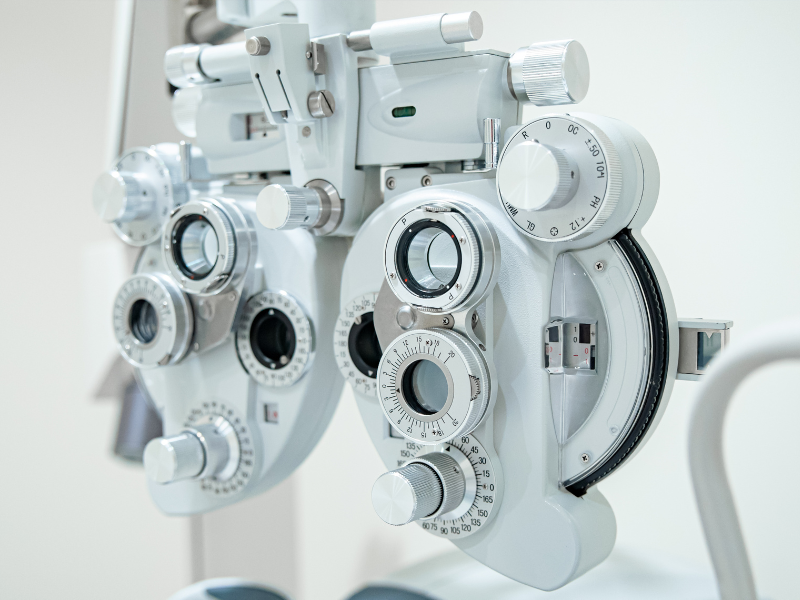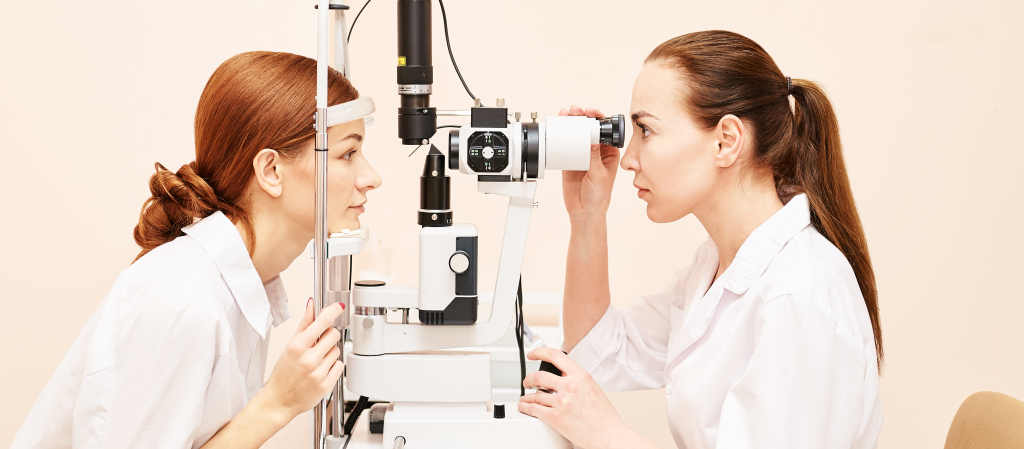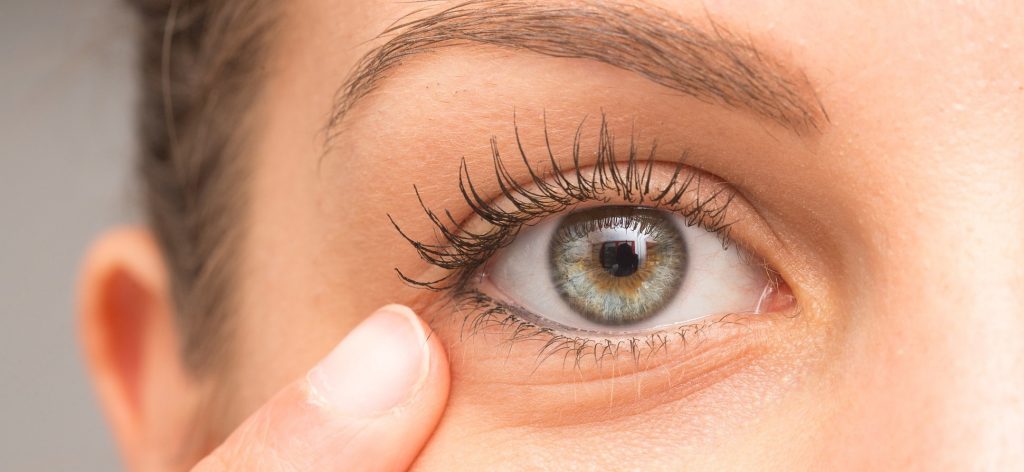-
Summer Savings: Save $1,000 On LASIK , Find More
*Must mention this promotion and be treated in May of 2024 to qualify. $1,000 off for both eyes on standard Wavelight price, $500 off for one eye. Cannot be combined with any other offers.
Exploring Vision Correction: LASIK vs. Orthokeratology(Ortho-K)
In the realm of vision correction, two prominent contenders stand out: LASIK (Laser-Assisted In Situ Keratomileusis) and Orthokeratology (Ortho-K). These methodologies offer distinct approaches tailored to address various visual impairments and conditions. Let’s delve into a comprehensive comparison between LASIK and Ortho-K to unravel their nuances and aid in making an informed decision.
Understanding LASIK (Laser-Assisted In Situ Keratomileusis)

LASIK, a widely recognized procedure, entails a precise surgical intervention aimed at reshaping the cornea to rectify refractive errors. Here’s a breakdown of its procedural intricacies:
Procedure Overview:
Flap Creation:
A delicate corneal flap is meticulously crafted either through a microkeratome or a femtosecond laser, ensuring precision and safety.
Corneal Reshaping: Following flap creation, the underlying corneal tissue is reshaped utilizing an excimer laser, thereby rectifying refractive anomalies.
Recovery Timeline:
Quick Visual Recovery: Patients often witness a remarkable improvement in their vision within a day or two post-procedure.
Stabilization Phase: While initial visual enhancement is rapid, complete stabilization of vision may necessitate a few weeks.
Postoperative Considerations:
Mild Discomfort: Patients typically experience minimal discomfort during the initial hours post-surgery, accompanied by reduced light sensitivity.
Suitability and Efficacy:
Addressing Refractive Errors: LASIK stands effective against prevalent refractive errors including myopia, hyperopia, and astigmatism.
Presbyopia Management: LASIK can also be tailored to address presbyopia, often through a technique known as monovision.
Advantages and Disadvantages:

Advantages:
Immediate Visual Enhancement: Witness immediate improvement in vision post-surgery.
Minimal Discomfort: Generally, patients report minimal discomfort during and after the procedure.
Disadvantages:
Potential Flap-Related Complications: While rare, complications associated with the corneal flap may arise.
Transient Dry Eyes: Some individuals may experience temporary dryness post-surgery.
Unveiling Orthokeratology (Ortho-K)

Orthokeratology, a non-surgical alternative, involves the nightly wear of specially designed gas-permeable lenses to reshape the cornea gradually.
Let’s delve into its procedural specifics:
Procedure Insights:
No Surgical Intervention: Ortho-K distinguishes itself by offering corneal reshaping devoid of surgical intervention.
Overnight Lens Wear: Patients wear gas-permeable lenses overnight, facilitating gradual corneal modification.
Recovery and Adaptation:
Gradual Improvement: Visual enhancement with Ortho-K occurs gradually, with full stabilization achieved over a span of several weeks.
Mild Discomfort: Some individuals may experience mild discomfort during the initial adaptation period.
Suitability and Effectiveness:
Targeted Refractive Errors: Ortho-K primarily targets myopia control and mild to moderate myopia correction.
Presbyopia Management: It’s also employed for managing presbyopia, often in conjunction with monovision techniques.
Pros and Cons:

Advantages:
Non-Surgical Approach: Offers corneal reshaping without the need for surgical intervention.
Daytime Freedom: Enjoy clear vision during waking hours sans the need for corrective eyewear.
Disadvantages:
Dependency on Consistent Lens Wear: Sustained results necessitate diligent adherence to nightly lens wear.
Risk of Infection: Proper hygiene practices are imperative to mitigate the risk of ocular infections.
Deciphering the Choice: LASIK or Ortho-K?

In navigating the decision between LASIK and Ortho-K, several factors warrant consideration:
Surgical Inclination: Individuals averse to surgical interventions might find Ortho-K more appealing.
Reversibility: Ortho-K offers reversibility, contrasting LASIK’s permanent alterations.
Corneal Thickness Concerns: For those with apprehensions regarding corneal thickness, Ortho-K presents a potentially safer alternative.
Both LASIK and Ortho-K offer viable solutions for vision correction, with the optimal choice contingent upon individual preferences, refractive errors, and ocular health considerations. Consulting with a proficient eye care specialist remains paramount in determining the most suitable modality aligned with one’s unique needs and circumstances.
Conclusion
In the realm of vision correction, the juxtaposition of LASIK and Ortho-K underscores the diversity of approaches available to address refractive anomalies and visual impairments. While LASIK boasts immediate visual enhancement through surgical intervention, Ortho-K offers a non-invasive avenue for gradual corneal reshaping. Ultimately, informed decision-making, guided by professional expertise, paves the path toward achieving optimal visual acuity and ocular health.
YOU MIGHT ALSO LIKE...
VISION CENTERS NEAR ME
Enter your zip code, city, or a doctor name below to find a vision center.
Find out if LASIK is right for you
Congratulations!
Your vision issues can most likely be corrected with a LASIK procedure. Schedule a free consultation today.
Answer 5 simple questions to see if you are a candidate
What is your age group?
Do you wear...
With corrective lenses, do you have...
Have you ever been told that you have astigmatism?
Have you ever been told that you have dry eyes?
Request an Information Kit
Learn about your surgeon, the latest advanced technology, procedures, options and benefits, financing options, and what to expect from your LASIKPlus experience.









